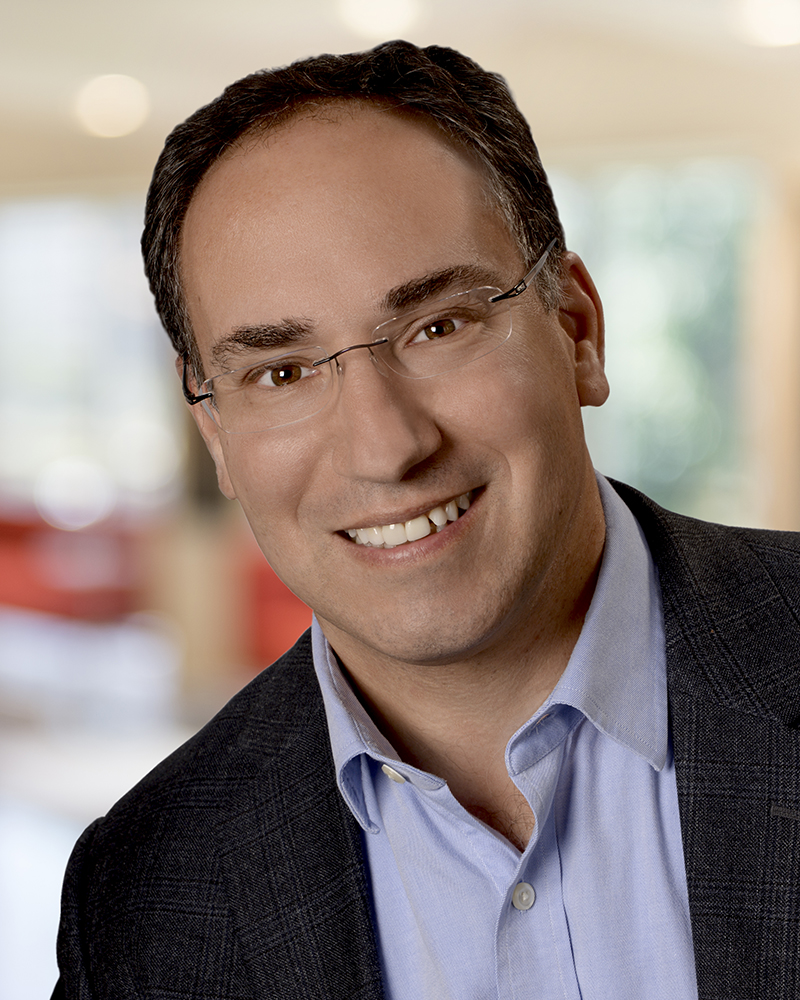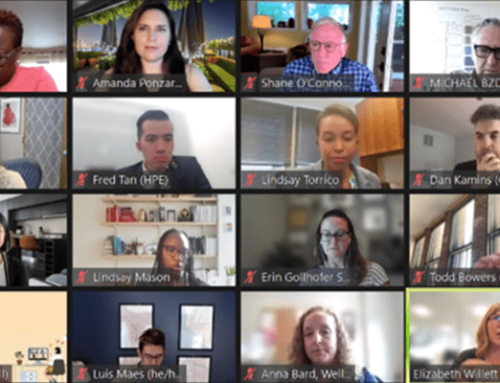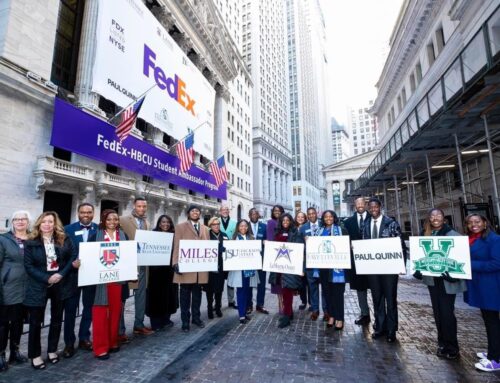How to Keep the Flame and Not Be Seen as a Torch Bearer
By: John Friedman, Manager, Sustainability for WGL
– Most businesses recognize the need to adapt in order to maintain their ability to meet changes in the market, the political environment, and public needs. At the same time, however, they are keenly aware of — and committed to maintaining — the core elements that they believe have been responsible for their success in the past.
When it comes to sustainability, they may want the fire but often want it contained, rather than risk burning down the entire enterprise. But after more than 20 years, I speak from experience when I say that building a coalition of the passionate and idealistic people within the organization is not enough. In fact, it can be detrimental if people see your cadre as a band of zealots rather than committed and dedicated business professionals. That is why the most successful sustainability programs are designed by a coalition including internal stakeholders from strategy, finance, supply chain, marketing and customer relations in addition to the more typically expected stakeholder in human resources, environment and the safety functions.
Build a program that supports and is part of the long-term vision
Contrary to popular criticism of companies, most organizations do not only manage their operations on a quarterly or yearly basis. Successful companies develop and follow long-term strategy maps that focus on four or five key areas such as financial, operational efficiency, sales and cultural imperatives. Within each of these categories, goals are defined and assigned to operating units. In order to be an integral part of the company strategy, the sustainability program must be integrated into these established and agreed upon efforts.
Ensure it is compatible with the day-to-day reality
At the same time, many employees face daily realities, such as customer expectations, that sometimes appear to conflict with corporate directives. Failing to address and respond to these real or perceived incompatibilities is a key reason why so many corporate initiatives falter. Sustainability professionals must use their knowledge and understanding of the ‘on the ground’ reality to establish credibility at all levels within the company by developing a communications strategy that clearly and compellingly communicates how the new programs support and can improve conditions such as by increasing efficiency, reducing overhead costs, and — perhaps most important — meeting customer requirements.
Empower and engage employees at all levels in the organization
As with any culture defining effort, a truly integrated sustainability culture requires the individual buy-in and empowerment of everyone in the company as well as changes in processes and procedures. Success cannot rely on the work of a special team of experts to long-term carry the ball for the organization. Everyone has to participate if it is to become part of the corporate culture. Otherwise this lack of ownership may lead employees to compromise the effort, whether deliberately or unintentionally. A classic example is a power-saving effort that puts climate control on a timer but does not respect employees who work outside regular hours needs. Using fans or space heaters to make themselves comfortable (certainly understandable) is a sign that your employees have not been made part of the program.
Measure and report credible results
Whether through independent third-party certifications, awards, or reporting against trusted criteria; the public is skeptical of unsubstantiated claims, as are employees. In some cases it is easy to point to results — wildlife habitats set aside are visible examples within a community that a company and its employees can see for themselves. That is why local examples are very powerful. But even those as a distance can be made real through photographs and stories of the good that is being done. But in some cases it is harder because you are quantifying what did not happen — energy saved, trees that were not cut down, water that was not used. In those cases the use of social math — equating it to things that people can relate — is powerful. So gallons of water saved can be compared to the number of swimming pools it would fill. Power savings can be related to the number of homes’ worth of electricity saved.
Engage your external stakeholders throughout the process
Progressive companies have recognized the true power of the stakeholder engagement and have made the transition, revising their strategy from sharing information with a passive audience to actively engaging with both internal and external stakeholders. The world of communications has changed, with the rise of social media and citizen journalists who, despite the fact that they may or may not adhere to the same standards and practices (such as fact checking) as professional journalists, have an increasing prevalence and influence. Companies that wish to build, maintain or defend their reputations and brand equity have no choice but to join the dialogue, bringing authenticity and transparency to the conversation.
What we must recognize first is that most people do not fear change — what they fear are the unforeseen negative consequences of change. Instead of presenting the idea of sustainability as a radical transformation of their core enterprise, a review of the foundational documents of the organization often provides ample evidence that building an enduring business model is a natural extension of the values that were responsible for its success in the first place. This is the same approach described in my earlier piece on the politics of sustainability.
Demonstrating that the future state is preferable to the existing is the secret to building a successful culture change around sustainability. Perhaps this is why sustainability is gaining traction among the newest workers and those in business school today. And why those of us working in the space for the last few years find ourselves increasingly answering the question ‘how’ rather than ‘why.’
John Friedman, Manager, Sustainability for WGL
With an international career spanning 2 decades, John Friedman is an award-winning communications professional and recognized sustainability expert who has helped some of the leading global companies to integrate their operational, financial, and cultural aspirations into sustainable and responsible business practices. He has been instrumental in helping three companies, Lafarge, Sodexo and WGL Holdings rise to the top of the sustainability rankings (DJSI/RobecoSAM and MSCI) for their respective sectors; building materials, food service/facilities management and energy.
A frequent speaker at conferences and business classes, Friedman is helps teach individuals and organizations how to integrate practices including environmental stewardship, social progress and sound governance into their overall business strategies, their corporate cultures and everyday actions by empowering and engaging employees at all levels for measurable results that drive business reputation and value. The is author of the upcoming book “Managing Sustainability: First Steps to First Class” to be published by Business Expert Press, Spring 2020.
On digital media he is recognized as a thought leader; on Triple Pundit’s List of the Top 30 Sustainability Bloggers on Twitter, #3 on GreenBiz list of most influential ‘twitterati’, #14 on Guardian Business’ 30 most influential sustainability voices in America, was voted #4 of the “100 leading voices in CSR” by Global CEO Magazine readers, and has regularly been included among the top voices in CSR by Forbes’ Brandfog.
An Albany State (New York) communications graduate, Friedman earned a management certificate as part of the Lafarge/Duke Management Training program at the Fuqua School of Business in 2000.








